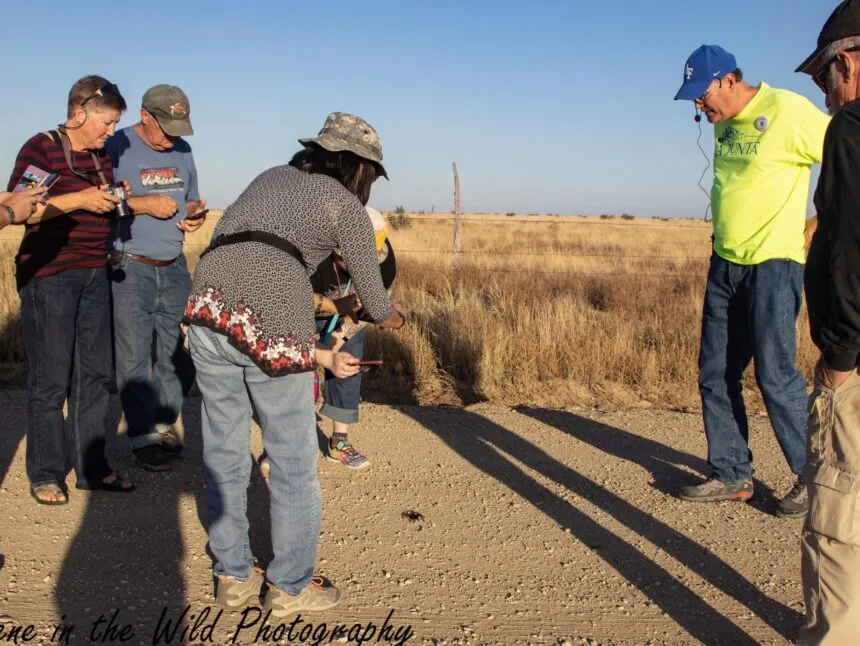What is the La Junta Tarantula Migration?
The La Junta tarantula migration is a remarkable natural event occurring annually in southeastern Colorado. During late summer and early fall, thousands of male tarantulas embark on a journey to find a mate. This mass movement, primarily involving the Oklahoma brown tarantula (Aphonopelma hentzi), transforms the landscape, making it a spectacle for nature enthusiasts and photographers. The migration is not just a visual feast, but also a crucial part of the tarantulas’ life cycle, driving the continuation of their species. La Junta, a city in Otero County, becomes a prime viewing location due to its suitable habitat and the tarantulas’ migratory paths. This event offers a unique opportunity to witness the raw beauty and resilience of wildlife, attracting visitors eager to experience this natural wonder firsthand. The sight of these large, hairy spiders on the move is both awe-inspiring and educational, highlighting the importance of understanding and protecting these fascinating creatures and their environment.
Understanding the Tarantula Life Cycle
To fully appreciate the migration, understanding the tarantula’s life cycle is essential. Tarantulas, like all spiders, undergo a process of molting, shedding their exoskeletons to grow. They can live for several years, with females typically living much longer than males. The males, reaching maturity, initiate the migration solely for mating purposes, whereas the females generally remain in their burrows. The mating season is the culmination of a year-long development, with males seeking out mature females, leading to this spectacular display of movement. After mating, the males often die, having fulfilled their biological purpose, while the females may lay eggs and produce offspring. This cycle continues year after year, influenced by environmental factors like temperature, humidity, and prey availability. The tarantulas’ survival depends on a delicate balance, making the observation of their migration a poignant reminder of nature’s intricate processes and the importance of habitat preservation.
The Role of Mating in Migration
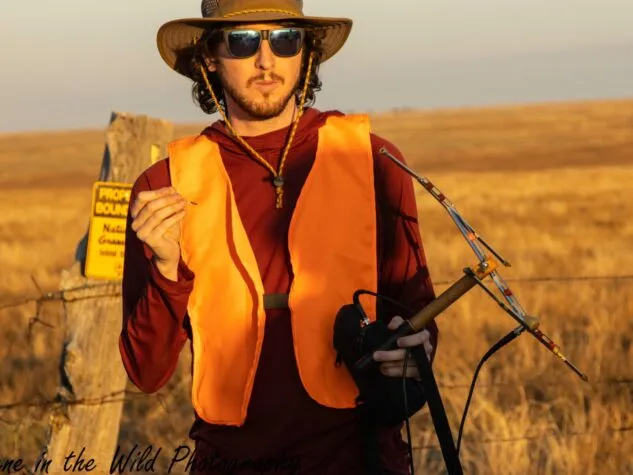
The primary driver behind the tarantula migration is the reproductive urge of male tarantulas. After reaching maturity, males abandon their burrows, driven by their instincts to find a mate. They embark on this often perilous journey, covering considerable distances across open terrain, searching for receptive females. During the migration, the males are highly vulnerable, as they are exposed to predators, including birds and other animals. The migration is a race against time, as the males must find a mate before their limited lifespan expires. Females, on the other hand, tend to remain in their burrows, emitting pheromones that attract the migrating males. The mating process itself is a complex behavior, involving courtship rituals and the ultimate goal of successful fertilization. Successfully mating is critical for the species to continue. This journey, filled with inherent challenges, underscores the powerful instinct for survival and reproduction inherent in the tarantula life cycle. It is a testament to the resilience and determination of these creatures.
When and Where to Witness the Migration
The tarantula migration in La Junta typically occurs from late August to early October, peaking in September. The timing is closely tied to the weather conditions, with warm temperatures and favorable humidity levels acting as catalysts. To witness this event, La Junta, Colorado, is the primary location. The best places to spot the tarantulas are areas with open grasslands and along roadsides, where the spiders are most likely to be seen crossing. The specific routes can vary each year, depending on local weather patterns and tarantula population distribution, but these areas consistently offer the best chances of observation. Keep an eye on local weather forecasts and reports from other enthusiasts, as this can help you pinpoint the best viewing times and locations. Being patient and observant is essential, as the tarantulas can be surprisingly elusive. Observing the migration is an engaging experience, highlighting the splendor of the natural world.
Best Time for Tarantula Spotting
The optimal time to observe the tarantulas during the migration is during the late afternoon and early evening hours. As the day cools down, the tarantulas become more active, increasing the chances of seeing them on the move. Sunset and the hour or two that follow often provide the most active periods of the migration, when the spiders are most likely to be crossing roads and open areas. Early mornings can also offer opportunities, but tarantulas are generally less active during the cooler hours of the day. Weekends and holidays often see more activity, as the increased traffic on the roads can cause the tarantulas to be more visible. However, it is vital to exercise caution, always watching where you step and drive. The timing of your visit can significantly impact your experience, so planning your visit to coincide with these peak activity times will greatly enhance your viewing prospects.
Ideal Locations to Observe Tarantulas

Several locations around La Junta offer excellent opportunities to witness the tarantula migration. County roads that traverse open grasslands are prime spots, as tarantulas frequently cross these routes. Consider exploring areas away from the main roads for a safer and more immersive experience. The tarantulas tend to follow predictable paths, often near their burrows or toward potential female habitats. The surrounding natural habitats like plains and open fields provide ideal terrain for them to move and search. Check local nature guides and online forums for specific locations known to be hotspots during the migration season. It’s crucial to remember that you’re entering their environment, so respectful observation is paramount. By exploring these locations and employing responsible practices, you can maximize your chances of seeing these captivating creatures during their annual migration.
Tips for Safe Tarantula Viewing
Viewing the La Junta tarantula migration is a thrilling experience, but it requires caution and respect for the creatures. The tarantulas are not aggressive, but they may bite if they feel threatened. Maintaining a safe distance is the best way to avoid any interaction. It’s important to remember that these are wild animals in their natural habitat, and you should avoid direct handling or any action that could disrupt their natural behaviors. Be vigilant when walking and driving, as the tarantulas can be found on roads and trails. Always keep an eye on the ground to avoid accidental encounters, and watch out for vehicles. Additionally, avoid disturbing the tarantulas’ burrows or habitats. Responsible viewing ensures that these events remain enjoyable for all and contributes to the preservation of the tarantulas and their habitats. Safety is always first, and by taking the proper precautions, you can have a safe and memorable experience witnessing this unique natural event.
What to Wear
When preparing for the tarantula migration, wearing appropriate clothing is essential for both safety and comfort. Sturdy, closed-toe shoes are a must to protect your feet from accidental encounters with tarantulas or other hazards in the terrain. Long pants are recommended to provide an extra layer of protection, particularly when walking through tall grass or brush where tarantulas might be present. Long sleeves can also protect your arms. Neutral-colored clothing can help you blend into the environment, improving your chances of seeing the tarantulas without disturbing them. Consider wearing layers, as the temperatures can vary throughout the day and into the evening. Hats can protect you from the sun. Remember to bring essentials such as sunscreen, insect repellent, and sufficient water to stay hydrated. Wearing appropriate clothing not only enhances your viewing experience but also ensures that you remain safe and comfortable throughout the excursion.
How to Act
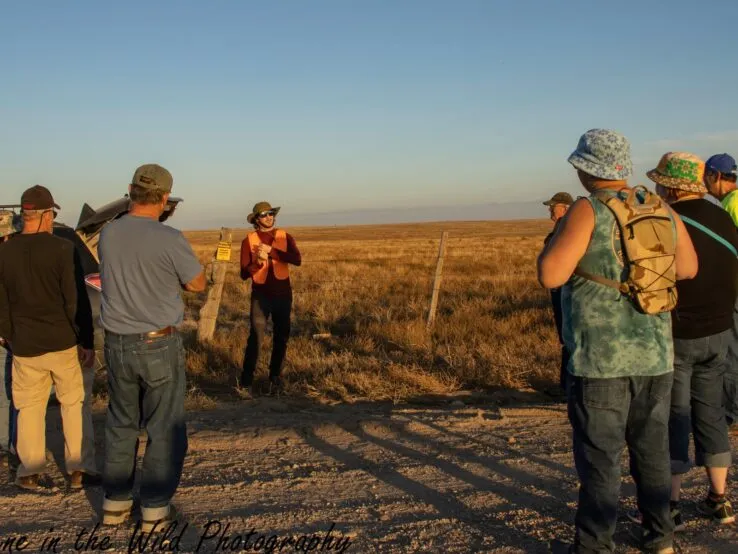
Your behavior during the tarantula migration greatly impacts your safety and the environment. Approach tarantulas with respect and maintain a safe distance. Avoid sudden movements or loud noises that could startle them. Observe them quietly and patiently, appreciating their natural behaviors. Never attempt to pick up or handle a tarantula, as this can provoke defensive reactions. When taking pictures, be mindful of your surroundings and avoid obstructing the tarantulas’ paths or habitats. Leave the area as you found it by avoiding littering and ensuring you do not damage any vegetation or wildlife. Following these guidelines promotes a safe environment for both you and the tarantulas. Respectful actions preserve the natural beauty and integrity of the migration event, allowing it to be enjoyed by all visitors for years to come. Remember, this is their home, and our visit should be as unobtrusive as possible.
What to Avoid
During your exploration of the La Junta tarantula migration, it’s essential to avoid certain actions to ensure both your safety and the well-being of the tarantulas. Refrain from approaching tarantulas too closely. Avoid touching them or trying to handle them, as this can lead to bites. Refrain from using flash photography at close range, as sudden flashes can startle and stress the tarantulas. Do not disturb their natural habitat, including their burrows, or alter their environment in any way. Avoid littering or leaving any trash behind, as this can harm wildlife and pollute the environment. Refrain from using any chemical sprays or repellents directly on or near the tarantulas. Following these guidelines minimizes the potential for harm to both you and the spiders. This responsible behavior contributes to the preservation of this natural spectacle for future generations.
Photography Tips for Tarantula Migration
Photographing the tarantula migration can result in stunning images, but it requires specific techniques. When photographing the tarantulas, patience is a virtue. Position yourself at a respectful distance and wait for the perfect moment. Use a camera with a macro lens to capture close-up details of the tarantulas. This lens allows you to capture their intricate features. Ensure that you have adequate lighting, especially during low-light conditions. Use a tripod to stabilize your camera, reducing blur and capturing clear images. Focus on the eyes, ensuring that they are sharp and in focus. Experiment with different angles and perspectives. Try capturing the tarantulas against the backdrop of their natural habitat. Be mindful of the tarantulas’ movements, as they can be quick and unpredictable. Practice makes perfect. By following these tips and honing your photography skills, you can capture memorable and artistic images of this unique natural event. Remember that the goal is to document their behavior respectfully and preserve their natural beauty.
Gear Recommendations
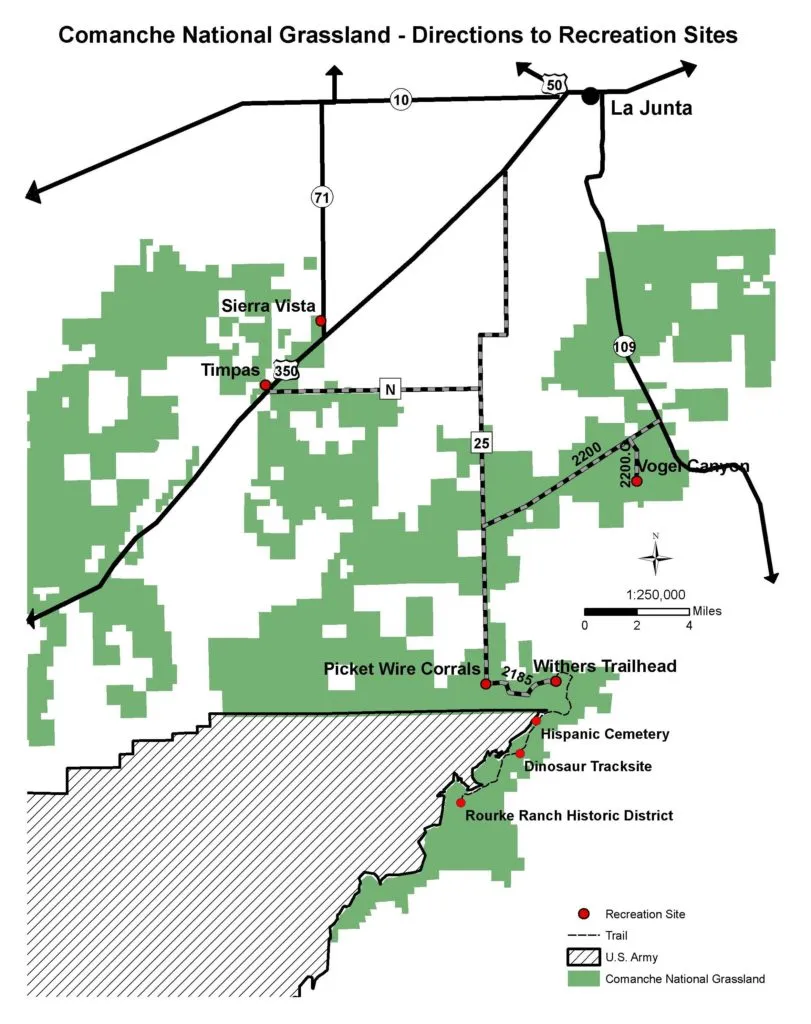
To capture the best images of the tarantula migration, you need the right gear. A DSLR or mirrorless camera with a macro lens is ideal for capturing detailed close-up shots. A telephoto lens can help you photograph tarantulas from a distance, reducing the risk of disturbance. A sturdy tripod is essential for stability, especially in low-light conditions. Bring extra batteries and memory cards, so you don’t miss a moment. A polarizing filter can reduce glare. Consider carrying a reflector or diffuser to soften harsh sunlight and enhance the lighting. A camera bag or backpack is helpful to carry and protect your equipment. Ensure you have comfortable and weather-appropriate clothing to accommodate the varied outdoor conditions. Proper preparation with the right gear will help you capture remarkable photographs, providing a lasting testament to this unique natural event. Be sure to keep your equipment protected from dust, moisture, and extreme temperatures to ensure its longevity.
Capturing Stunning Tarantula Photos
Capturing stunning photographs of the tarantula migration involves more than just the right gear. The key is to practice patience and observation. Pay close attention to the tarantulas’ behavior, anticipating their movements to capture them in action. Experiment with different angles and perspectives. Get low to the ground. Use natural light to your advantage. Try to capture the tarantulas against the backdrop of their habitat, including their burrows. Focus on capturing the details: their eyes, their legs, and their unique patterns. Use the rule of thirds to compose your shots, placing the tarantulas off-center for a more visually appealing image. Learn to edit your photos effectively, adjusting the lighting, contrast, and colors to enhance their beauty. Most importantly, respect the tarantulas and their environment. These efforts will result in images that are not only visually stunning but also tell a story, communicating the beauty and wonder of the La Junta tarantula migration.
Conservation and Tarantulas
Tarantulas play a critical role in their ecosystems. As predators, they help control insect populations. Tarantulas also serve as prey for other animals, including birds and mammals. The presence of tarantulas indicates a healthy and diverse ecosystem. Conservation efforts are necessary to protect these creatures and their habitats. Conservation efforts help maintain biodiversity and ecological balance. Understanding and appreciating the importance of tarantulas ensures their survival and the health of their ecosystems. Education and awareness are crucial to fostering conservation efforts. Public awareness and engagement are vital to safeguarding these amazing creatures and the ecosystems they inhabit.
Threats to Tarantula Populations
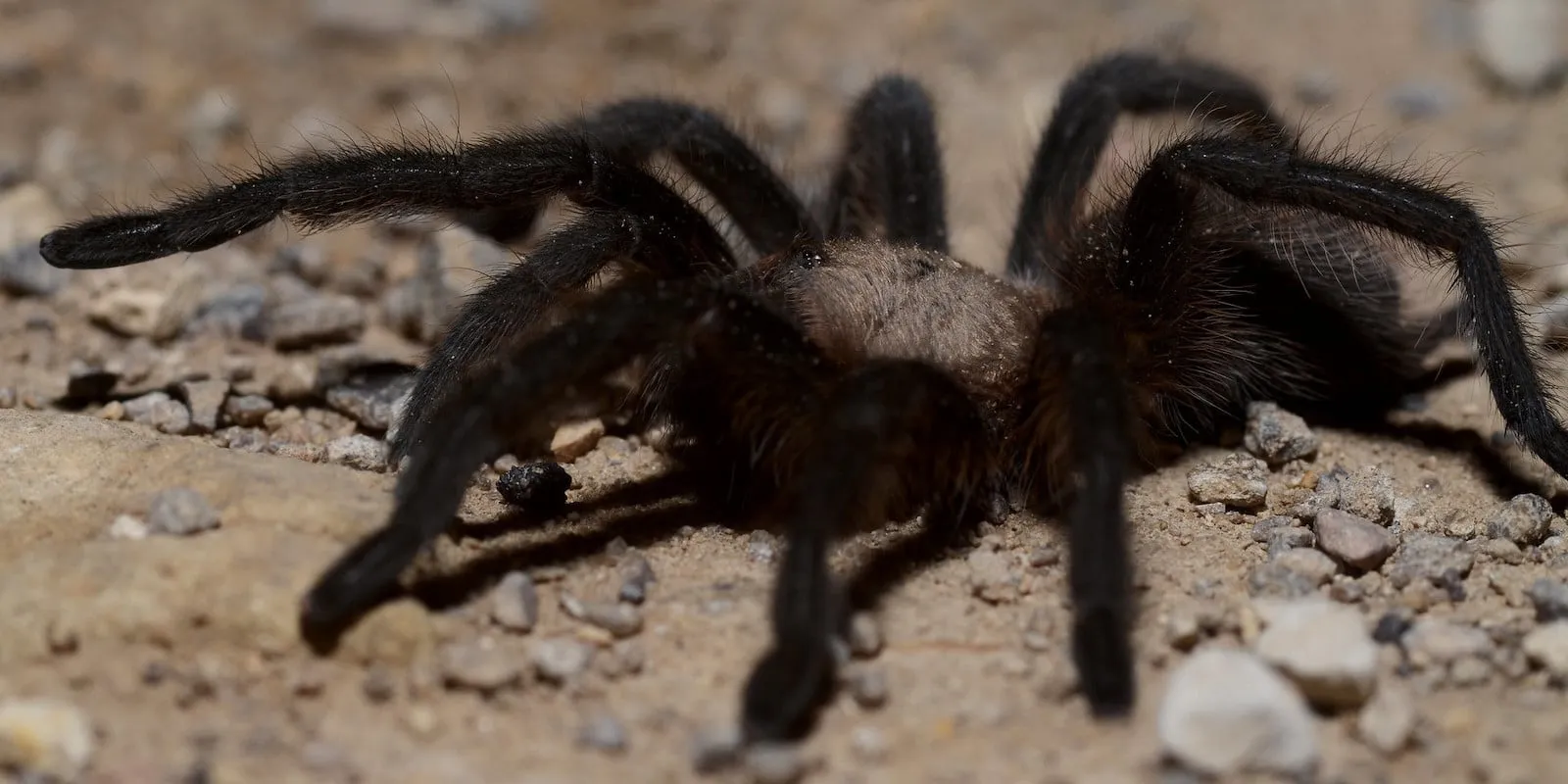
Tarantula populations face several threats. Habitat loss is a primary concern, as human development encroaches on their natural environments. Pesticide use can negatively impact tarantulas, reducing their food supply and directly harming them. Climate change is another threat, as changes in temperature and precipitation can alter their habitat and affect their survival. Illegal collection for the pet trade also poses a risk to tarantula populations. Fragmentation of habitats due to roads and infrastructure can restrict their movement and limit their access to mates and resources. Understanding these threats is crucial for implementing effective conservation strategies. The long-term health of tarantula populations depends on addressing these challenges. Active and sustained efforts are needed to mitigate these threats and ensure the survival of these fascinating creatures for generations to come.
How to Support Tarantula Conservation
There are various ways to support tarantula conservation efforts. Educate yourself and others about the importance of tarantulas and their habitats. Support organizations dedicated to tarantula conservation. Reduce your environmental impact by practicing responsible land use. Avoid using pesticides. Avoid purchasing tarantulas from the wild. If you encounter tarantulas during the migration, observe them responsibly, maintaining a safe distance. Advocate for policies and practices that protect tarantula habitats. Volunteer your time or donate to conservation efforts. Supporting tarantula conservation is vital for maintaining biodiversity and ecological balance. Active participation in conservation helps protect these wonderful creatures for future generations. Together, we can make a significant impact and ensure the survival of these amazing spiders and their environments.
